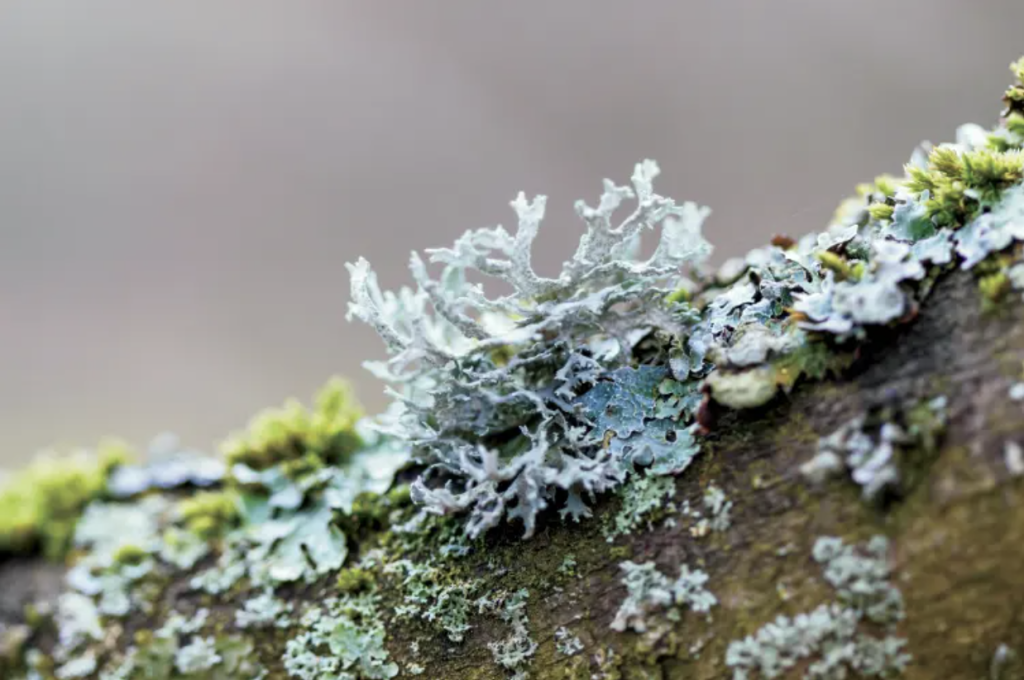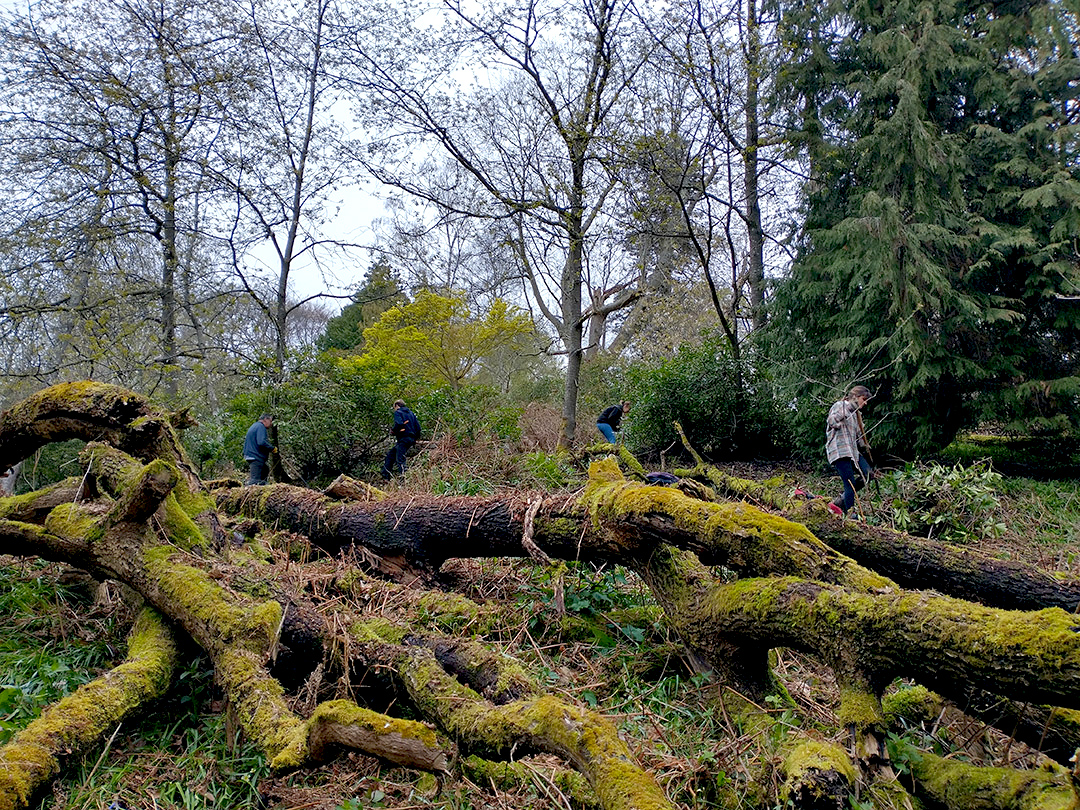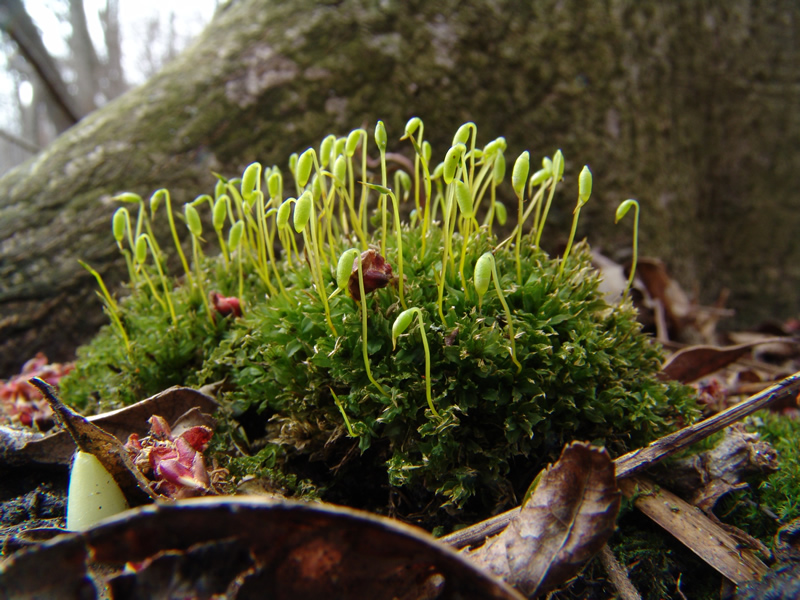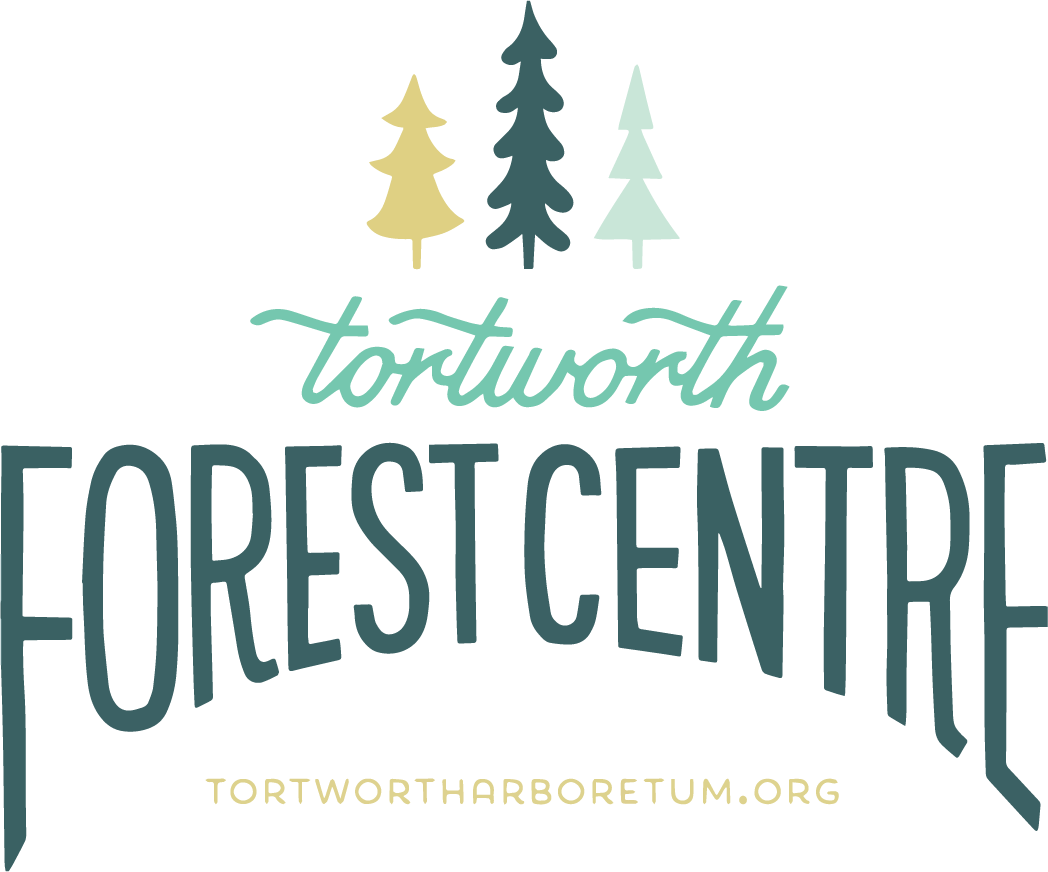The secret life of moss and lichen

They may be small and easy to overlook, but mosses and lichens are essential to the health and balance of any woodland. Often found clinging to rocks, tree trunks, branches and fallen logs, they play a quiet but important role in creating and maintaining the conditions other woodland life depends on.
Moss is a simple, ancient plant that reproduces by spores rather than seeds. It thrives in damp, shaded places and spreads slowly across surfaces, helping to retain moisture in the soil and on surrounding wood and stone. This ability to hold water makes moss a valuable resource during dry spells, providing a cool, damp refuge for insects, amphibians and even fungi. Its presence also helps to prevent soil erosion by stabilising loose ground and forest floor debris. Unlike many other plants, moss continues to photosynthesise during the winter months, adding a vivid green to the woodland floor when most other vegetation has died back or gone dormant.

Lichens are more complex. They are not a single organism, but a living partnership between a fungus and an alga or cyanobacterium. The fungus provides structure and protection, while the photosynthetic partner makes food from sunlight. Lichens grow very slowly and can live for decades, sometimes even centuries. They do not damage trees, instead using the bark as a base to grow on. Because they absorb most of their nutrients from the air rather than the ground, they are extremely sensitive to pollution and are widely used as indicators of air quality. In a clean woodland, you may spot a wide variety of lichen forms and colours — from crusty patches and leafy fronds to delicate, branching shapes known as ‘beard’ lichens.
Next time you visit Tortworth Arboretum, slow down and take a closer look. Crouch beside a mossy log or peer up into the branches of an old tree. You may discover a miniature world thriving in plain sight — one that tells the story of woodland health, time, and resilience.
You can find our Visitor Days here.

